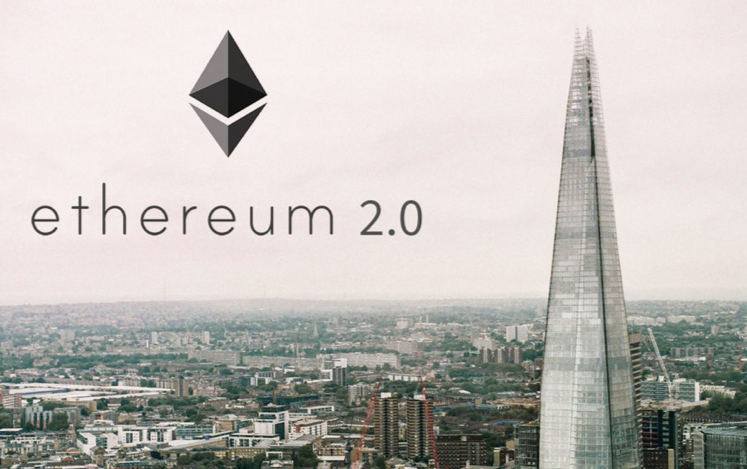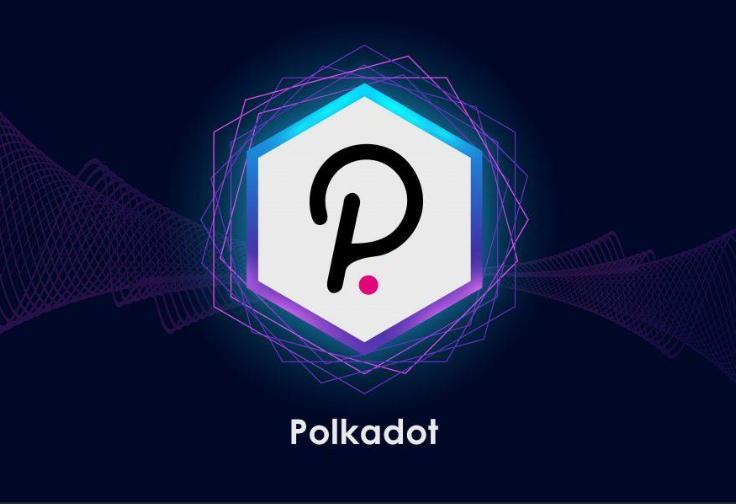In the wave of digital assets, Web3 emerges as a shining new star, attracting the attention of developers and investors worldwide. In this new world, blockchain technology serves as the foundational infrastructure, with different public chains sparkling brightly, some impressive and some unnoticed. So, which of these chains truly stands out as the strongest? How do they stack up in terms of market capitalization? Today, we will explore the top 10 Web3 blockchains by market cap and delve into their unique features and potential!
1. Ethereum (ETH)
As the pioneer of Web3, Ethereum undoubtedly stands at the forefront of public chains. As the creator of smart contracts, Ethereum boasts a vast developer ecosystem and supports a wide range of decentralized applications (DApps). The recent Ethereum 2.0 upgrade has significantly improved the network's efficiency and scalability, reinforcing its leading position in DeFi and NFTs. Currently, ETH ranks first in market capitalization among all public chains and remains a focal point for investors.

2. Binance Smart Chain (BSC)
Binance Smart Chain has emerged as a strong competitor to Ethereum, attracting a significant number of DeFi projects and users with its low transaction fees and faster confirmation times. The BSC ecosystem is rapidly expanding, with many well-known DeFi applications operating on it, helping it maintain its second-place market cap. Binance, being one of the largest exchanges globally, provides strong liquidity support, enhancing BSC’s future prospects.
3. Solana (SOL)
Solana is famous for its high transaction speeds and low latency, addressing blockchain scalability issues. Its unique consensus mechanism (Positioned Proof of History) facilitates high-frequency trading and complex DApps. Despite being relatively young, Solana has challenged Ethereum's position and rapidly risen in the NFT and Web3 application space, claiming the third spot in market capitalization.
4. Cardano (ADA)
Cardano is built on scientific research and proposes a unique layered architecture. Its strong developer community and commitment to sustainability have helped it establish a good reputation among the public. Although its ecosystem is developing at a slower pace, Cardano’s long-term vision and the ongoing development of new features keep it among the top market capitalizations.
5. Polkadot (DOT)
Polkadot is a multichain framework that connects different blockchains, aiming to ensure interoperability among public chains. The potential of Polkadot lies in its ability to provide shared security for different chains, allowing developers to more easily create and connect their blockchains. As more projects onboard Polkadot, DOT's market value continues to rise.

6. Algorand (ALGO)
Algorand has emerged as a new player in Web3 due to its efficiency and low-cost features. It has broad applications in financial services and supply chain management. Despite its market cap being lower than other public chains, its technology’s potential has garnered significant attention, particularly for its performance in environmental sustainability and security.
7. TRON (TRX)
TRON aims to empower users with greater content control as a blockchain focused on content distribution. Its efficient transaction processing ability and strong community support have led to widespread adoption in many DApps and gaming projects. Despite facing controversies, TRON maintains strong competitive positioning in terms of market capitalization.

8. Hedera (HBAR)
Hedera is a high-performance public chain focused on enterprise-grade applications, offering fast and low-cost transactions. This emphasis on enterprise needs has found breakthroughs in traditional industries, and its ecosystem is gradually expanding. While Hedera may not be as well-known as the top contenders, its unique market positioning and innovative capabilities make it promising for the future.
9. Avalanche (AVAX)
Avalanche is a rapidly developing public chain known for its high throughput and flexible contract creation abilities, attracting numerous developers and investors. Its architecture allows multiple chains to process transactions in parallel, providing robust support for the DeFi ecosystem. As the user base continues to grow, Avalanche’s market cap also climbs.
10. Ethereum Classic (ETC)
Ethereum Classic retains the original features of Ethereum and maintains influence in certain circles, even though its ecosystem is relatively small. Its steadfast commitment and ideology attract a group of loyal supporters, allowing it to maintain its market value, although it lags significantly behind Ethereum.
Conclusion
These ten public chains each have unique advantages and real-world applications. When making investment decisions, savvy investors often consider their personal needs and market dynamics. For example, short-term investments might favor high-potential projects like Solana, while long-term holdings might lean toward established chains like Ethereum. Regardless of the strategy, the future of Web3 will be deeply influenced by the development trajectories of these ten public chains. In this transformative era, let’s keep an eye on the evolution of public chains and market trends while seizing every possible opportunity!
















No comments yet